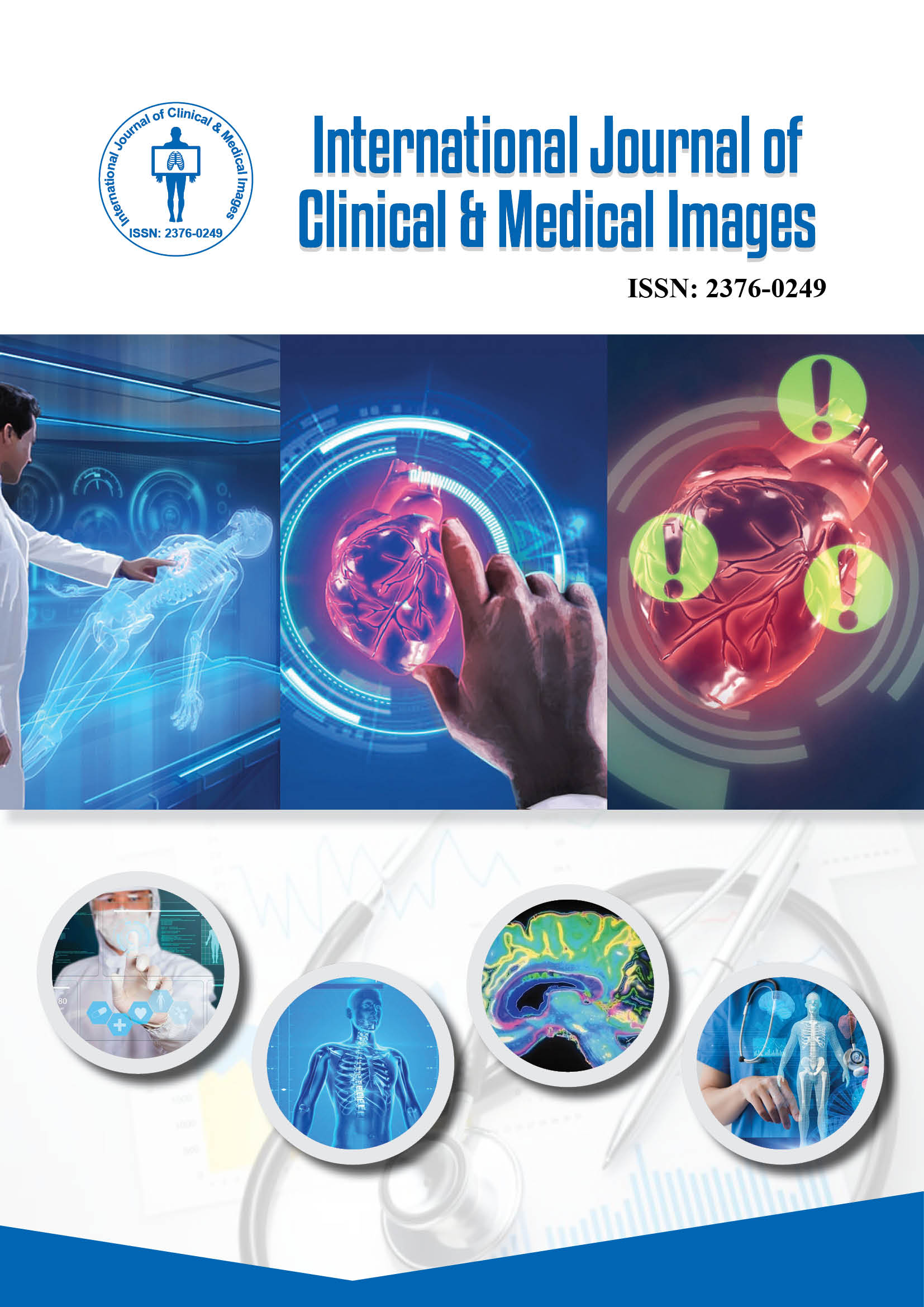2376-0249
Editorial - International Journal of Clinical & Medical Images (2025) Volume 12, Issue 5
Author(s): Lahat Tosoratti
Children in Images: Diagnostic Insights in Pediatric Medicine highlights the central role of visual observation and imaging in identifying and understanding diseases unique to childhood. Pediatric patients often present with signs and symptoms that differ from adults, making visual cues an essential part of clinical evaluation. Images from photographs of dermatological conditions to radiographs and ultrasounds serve as powerful diagnostic tools that bridge the gap between observation and interpretation. Through systematic visual analysis, clinicians can recognize developmental variations, detect early pathological changes and ensure accurate and timely treatment for young patients.
The use of medical imaging in pediatrics requires a balance between diagnostic clarity and patient safety. Modalities such as ultrasound, MRI and low-dose radiography are preferred to minimize radiation exposure while providing detailed anatomical information. These techniques are invaluable in diagnosing congenital anomalies, infectious diseases and growth-related disorders. Visual documentation also helps track disease progression and treatment response, allowing pediatricians to tailor care based on evolving clinical findings. By combining visual data with clinical reasoning, physicians can make informed decisions that prioritize both accuracy and child safety [1].
Educationally, pediatric image atlases and visual case libraries have become indispensable tools for training healthcare professionals. They provide a reference framework that helps clinicians identify classical visual patterns such as the rash of measles, skeletal deformities in rickets, or radiographic features of pneumonia. Case-based visual learning fosters diagnostic confidence, especially in recognizing rare or complex conditions. By comparing clinical and imaging presentations, practitioners refine their diagnostic skills and develop a deeper understanding of pediatric pathology.
Technological innovations continue to enhance the field of pediatric imaging and diagnostics. Artificial intelligence, 3D reconstruction and digital image sharing now allow rapid interpretation and remote consultation, even in resource-limited settings. These advancements make pediatric care more accessible, accurate and collaborative. Children in Images: Diagnostic Insights in Pediatric Medicine serves as a visual and educational bridge connecting observation, technology and clinical judgment to improve health outcomes in children worldwide [2].
Pediatric imaging, Diagnosis, Visual medicine
None.
None.
Google Scholar Cross Ref Indexed at
 Awards Nomination
Awards Nomination

